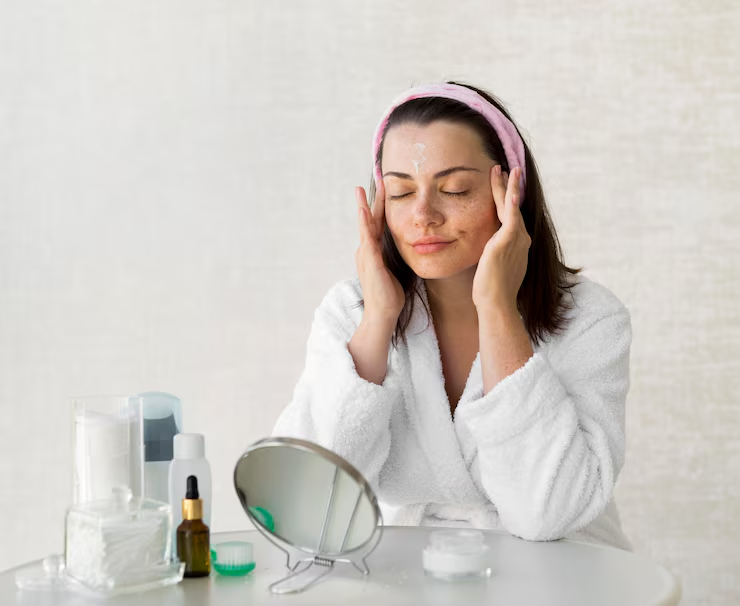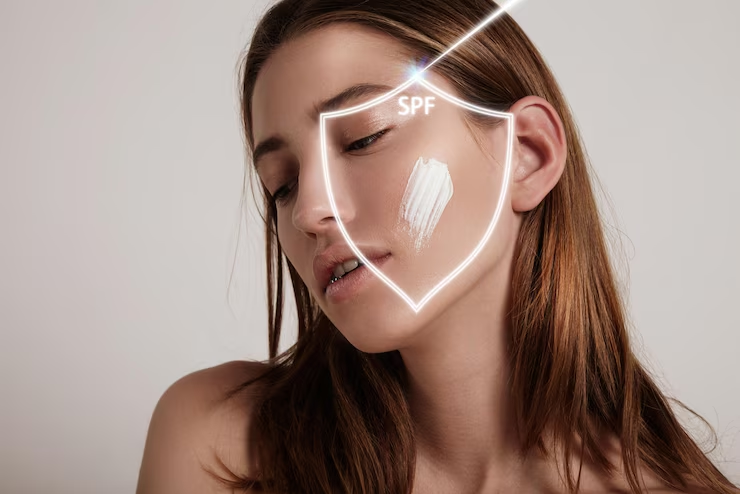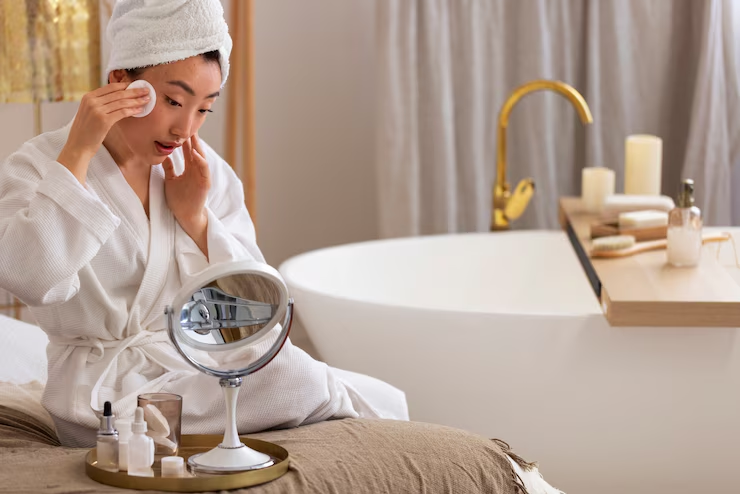Exploring the Skin Barrier and CBD Penetration
Table of Contents
Understanding How CBD Interacts with Your Skin

With the rise in popularity of cbd roll on for pain infused skincare, many people are wondering how these products actually work. Do they truly absorb into your skin? What role does your skin barrier play in that process? This blog post takes a deep dive into the skin barrier and CBD penetration, helping you understand how CBD interacts with the body’s largest organ—and how to maximize its effects.
Whether you’re new to CBD or already using topicals, understanding the science behind skin barrier and CBD penetration is key to optimizing your skincare routine.
What Is the Skin Barrier?

Before we get into CBD, let’s understand the skin barrier. Your skin has multiple layers, but the stratum corneum—the outermost layer—is what we call the skin barrier. It’s your body’s first line of defense against environmental stressors, bacteria, and allergens.
The skin barrier is made up of:
- Corneocytes (skin cells)
- Lipids (fats) like ceramides, cholesterol, and fatty acids
Together, these form a strong wall that prevents water loss and protects from irritants. But this also makes it difficult for many topical ingredients—including CBD—to penetrate deeply.
CBD and the Skin: What Happens on Contact?

CBD (cannabidiol) is a lipophilic (fat-loving) molecule. When applied topically, it primarily interacts with CB2 receptors in the endocannabinoid system located near the skin’s surface. This allows CBD to deliver local effects like:
- Reducing inflammation
- Soothing irritation
- Helping with pain relief
- Balancing oil production
But for any deeper benefits, the success of CBD penetration depends largely on the health and condition of the skin barrier.
The Connection Between the Skin Barrier and CBD Penetration
Here’s where things get interesting. CBD doesn’t automatically absorb into the bloodstream through the skin—it’s not transdermal unless formulated to be. Instead, most CBD topical products are percutaneous, meaning they work on the surface and slightly below it.
Factors that affect CBD penetration through the skin barrier include:
- Molecular size of CBD
- Formulation (e.g., use of carrier oils or enhancers)
- Hydration level of the skin
- Condition of the skin barrier (healthy vs. damaged)
If your skin barrier is damaged—like from over-exfoliation or dryness—it can be more permeable, but also more prone to irritation. A healthy, balanced skin barrier ensures more effective and safe CBD absorption.
Enhancing CBD Absorption: What Helps?
To get the most from your CBD skincare, consider these tips:
1. Use Products with Carrier Oils
Oils like jojoba, argan, or MCT help increase skin permeability and improve CBD transport across the barrier.
2. Apply After Showering
Warm water opens your pores slightly, making it easier for CBD to penetrate.
3. Exfoliate (But Not Too Much)
Gentle exfoliation helps remove dead skin cells, allowing better access to living layers—just don’t overdo it, or you’ll weaken the skin barrier.
4. Pair with Occlusive Ingredients
Using CBD products with ingredients like shea butter or beeswax can help trap CBD at the surface longer for increased absorption.
5. Avoid Synthetic Additives
Artificial ingredients can irritate the skin or counteract CBD’s soothing properties.
Understanding the balance between the skin barrier and CBD penetration allows you to use products more strategically and see better results over time.
FAQs About Skin Barrier and CBD Penetration
1. Can CBD really absorb through the skin?
Yes, but only to a limited extent. Most CBD topicals work locally and do not enter the bloodstream unless formulated as transdermal products.
2. What type of CBD is best for skin application?
Look for broad-spectrum or full-spectrum CBD in a topical base with high-quality carrier oils and minimal synthetic fillers.
3. Does damaged skin absorb CBD better?
Damaged skin may absorb more, but it’s also more reactive. Always patch test and opt for gentle, well-formulated products.
4. Can I use CBD skincare daily?
Yes, CBD is generally well tolerated. Daily use can help with inflammation, redness, and hydration when applied to intact skin.
5. Do I need a prescription for topical CBD?
In most places, no. Hemp-derived topical CBD with less than 0.3% THC is widely available over the counter.
Final Thoughts
When it comes to skincare, knowledge is power. Understanding the relationship between the skin barrier and CBD penetration helps you make smarter choices about which products to use and how to apply them. A healthy, well-maintained skin barrier is the foundation for not only better CBD absorption but also overall skin wellness.
Next time you reach for a CBD roll-on, balm, or cream, remember: the condition of your skin barrier plays a critical role in how well it works. Treat your skin barrier with care, and it will return the favor—with radiant, balanced skin.







